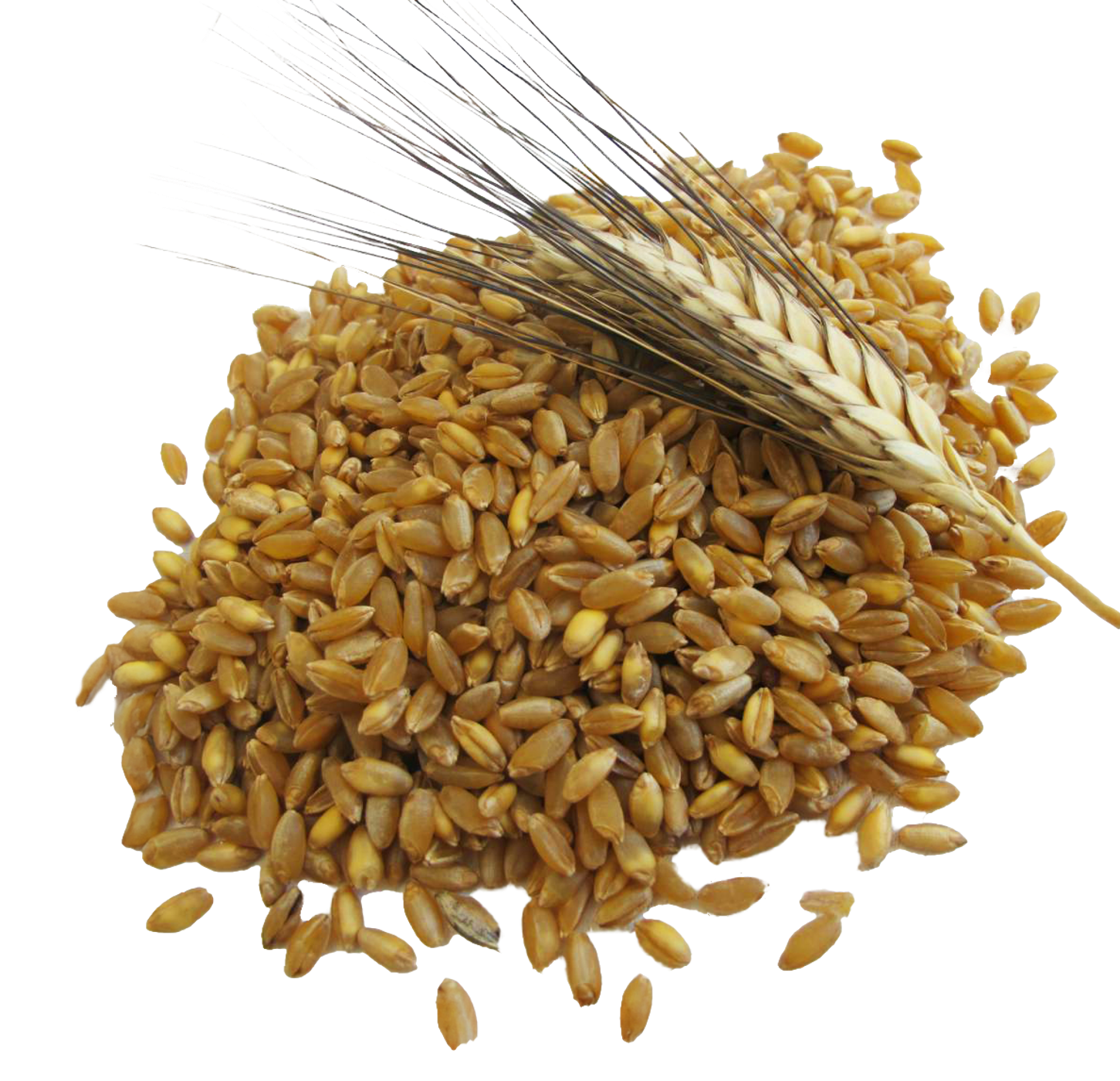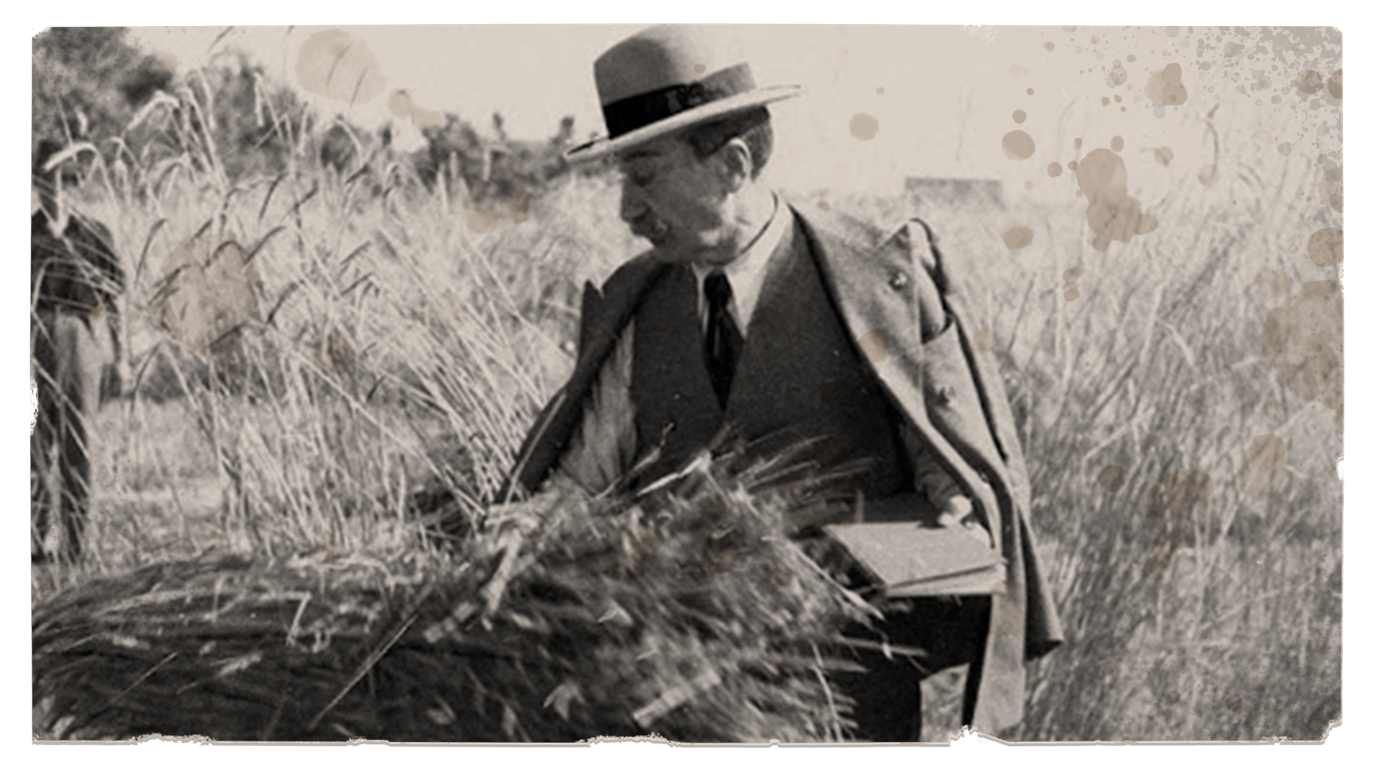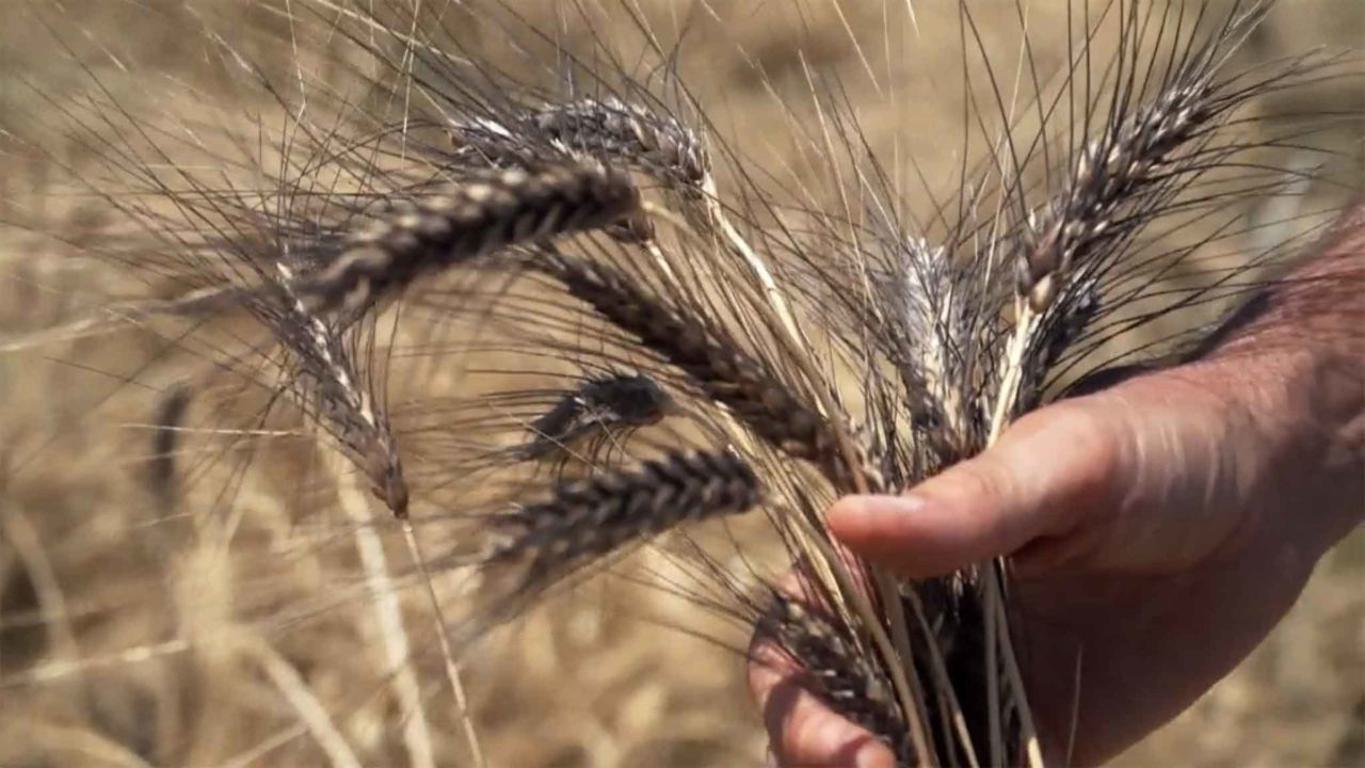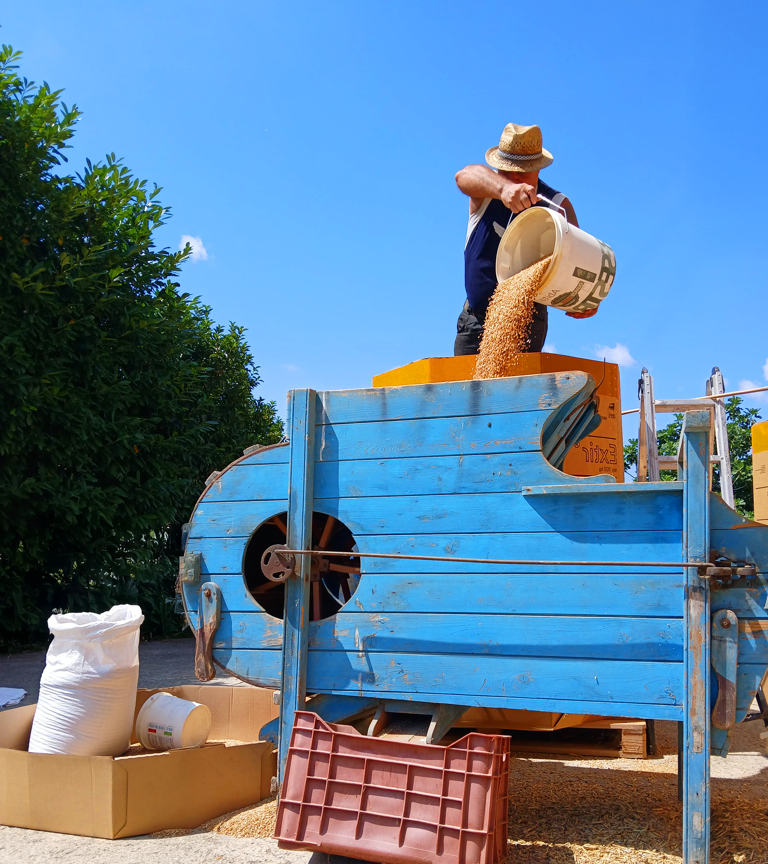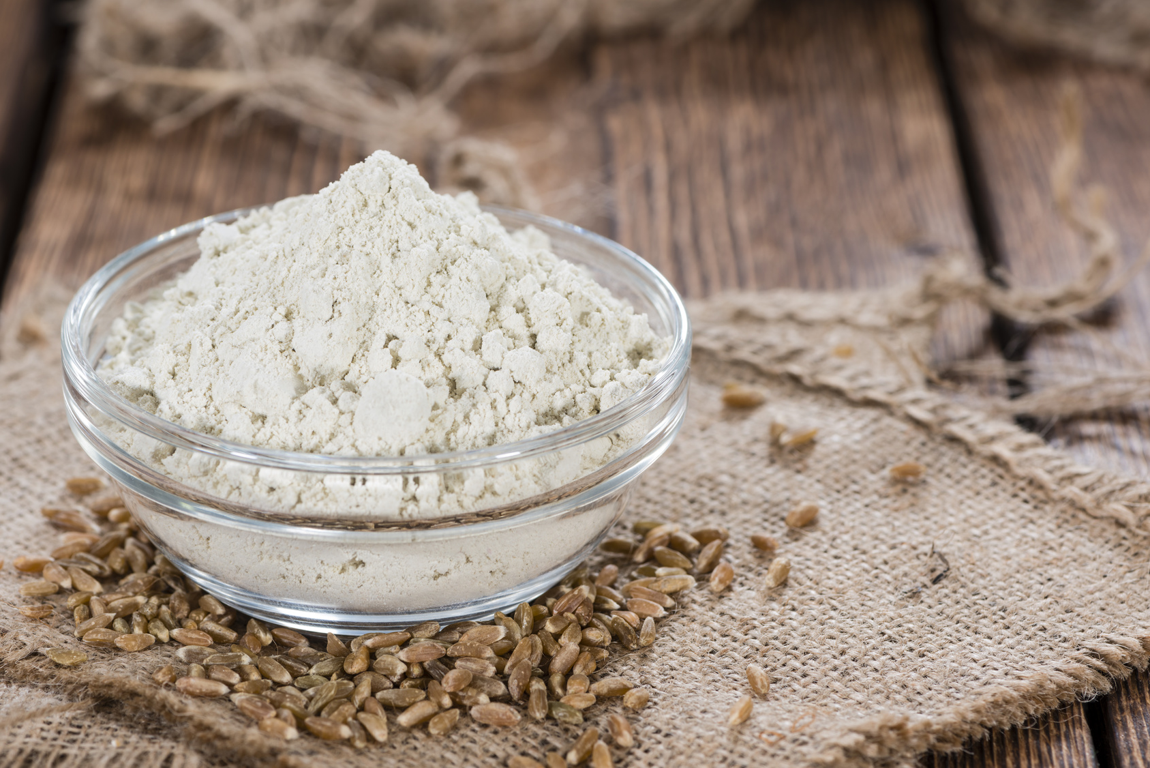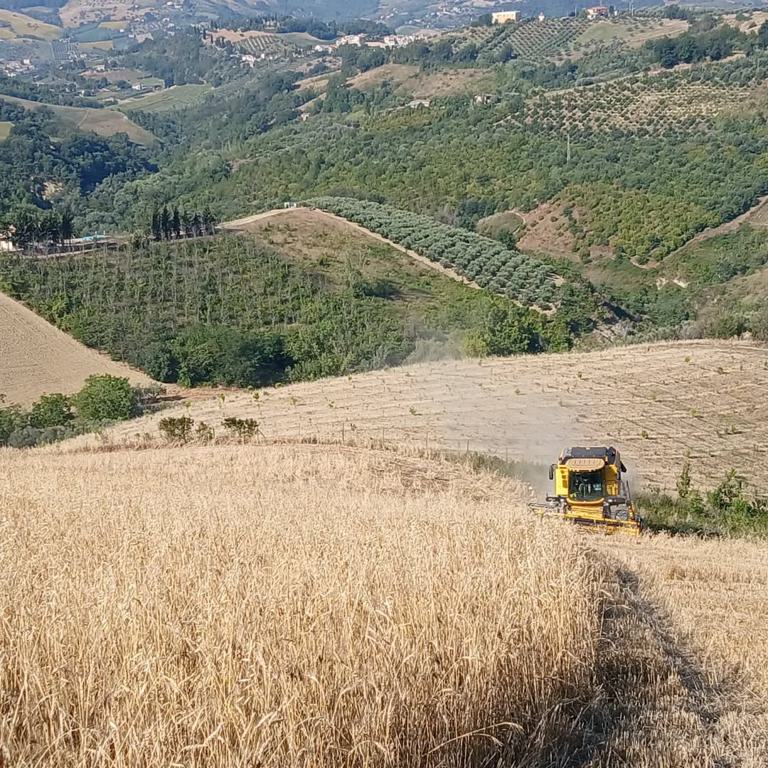Authentic Flavor and Local Supply Chain
Ancient grains offer unique aromas and flavors, far from the standardization of industrial wheat. Their production is often entrusted to small farmers who, with passion and dedication, choose to maintain a high-quality product despite economic challenges. Buying these products means supporting local economies, short supply chains, and choosing genuine, sustainable food.
A Commitment to Biodiversity and Tradition
Choosing ancient grains is also a valuable choice: it helps preserve biodiversity, preventing the disappearance of varieties essential to our ecosystem and cultural heritage. Once a staple in the diets of rural populations, these grains represent a heritage worth protecting. Their cultivation forms a bridge between past and present, keeping alive the traditions tied to our land.
